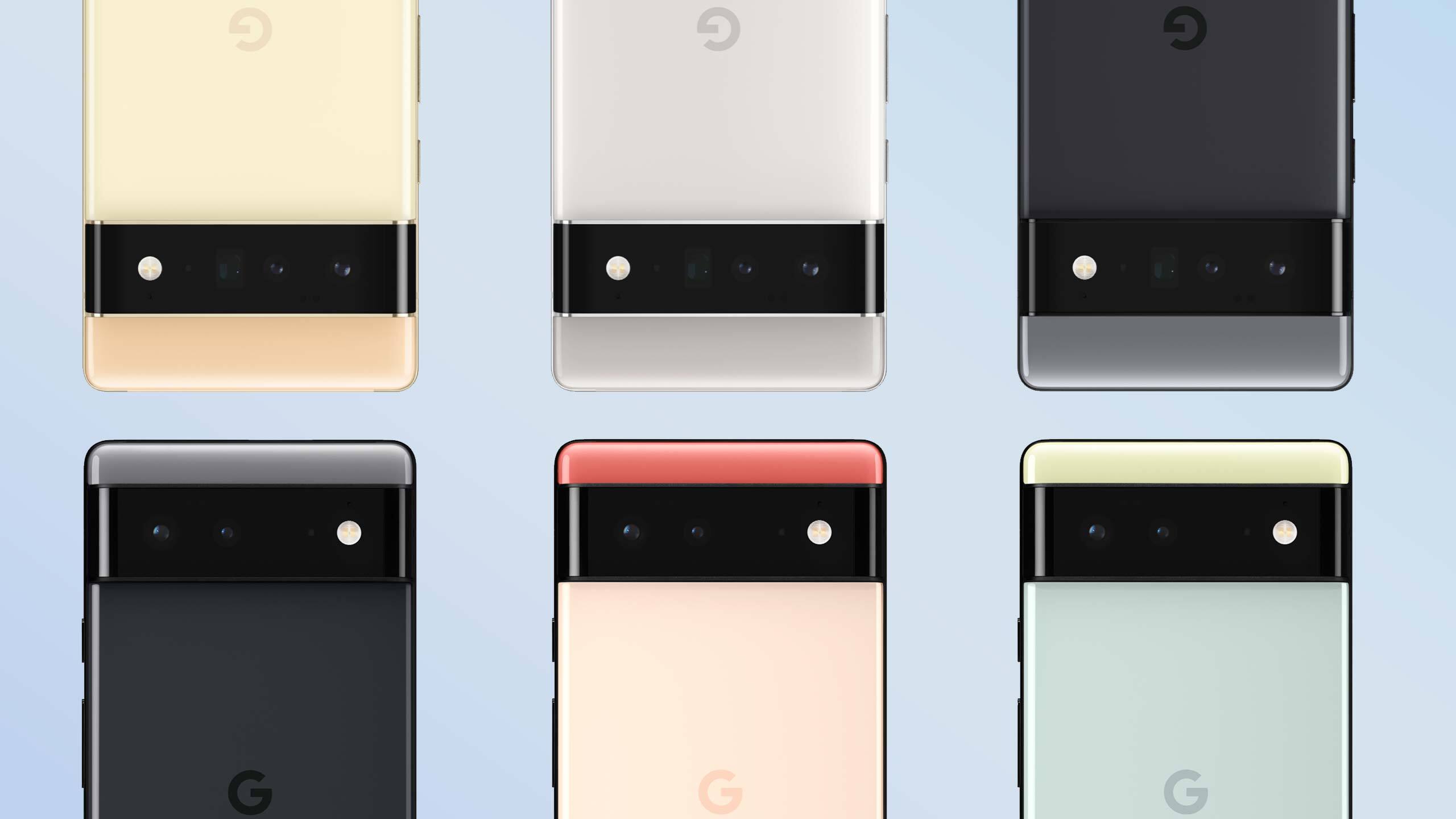Google Pixel 6 might have 33W fast charging and I'm all for it
It's time to move beyond 18W

The Google Pixel 6 is coming this fall, and as is the case with any anticipated phone, more information is starting to come to light. Not only has Google itself spilled some of the beans (notably on the new Tensor system-on-chip), but leaks and rumors have given us a nearly full picture of what to expect.
But a new rumor from 91mobiles suggests that Google will finally (finally!) upgrade the Pixel 6's fast charging beyond 18W, possibly to 33W. That's a big step up from what we're used to now on the Pixel 5 and the recently-announced Pixel 5a. I was already excited for the Pixel 6, but this small detail ramps up my anticipation even more.
- The best Android phones you can buy right now
- Check out the best Android apps for your phone
- Plus: How to pre-order the Google Pixel 5a
After using the OnePlus 9 Pro, going back to charging the Pixel 5 (or, heck, even the iPhone 12 Pro) is frustratingly slow. Although 33W is a long ways from OnePlus' 65W charging insanity, it's definitely heading in the right direction. This would give the Pixel 6 a leg up over the iPhone 12 and Galaxy S21, which top out at 20W and 25W, respectively. Apple might increase the iPhone 13's charging speed slightly, but we're not totally sure on that one.
While the Pixel 6 is set to make waves in the Android space, it also needs to get the little things right. No one expects Google's next phone to unseat the Apple-Samsung duopoly, but it'll need every point in its favor regardless. Yes, faster charging seems minor, but it's a convenience that other phones have that you sorely miss if you step away from one of those devices.
Having 33W charging will help the rumored 4,614 mAh and 5,000 mAh batteries in the Pixel 6 and Pixel 6 Pro recharge all the quicker. Upping the charging wattage is a logical step when increasing the battery capacities in a given phone, and I'm of the opinion that 18W just doesn't cut it in a true flagship device anymore. It's one thing that the budget/mid-range Pixel 5a maxes out at 18W, but Google's next flagships (which are set to be "expensive") need to do better.
Google has been much like Apple in several regards throughout the Pixel line's life, including being slow to adopt newer industry trends. This is a double-edged sword — it's good because it means that Google can see if a trend is going to last, but it also means the Pixels are often behind others like the Galaxy S or OnePlus phones. And we all know that the Pixels need as much help as they can get to be successful.
Sign up to get the BEST of Tom's Guide direct to your inbox.
Get instant access to breaking news, the hottest reviews, great deals and helpful tips.

Jordan is the Phones Editor for Tom's Guide, covering all things phone-related. He's written about phones for over six years and plans to continue for a long while to come. He loves nothing more than relaxing in his home with a book, game, or his latest personal writing project. Jordan likes finding new things to dive into, from books and games to new mechanical keyboard switches and fun keycap sets. Outside of work, you can find him poring over open-source software and his studies.
